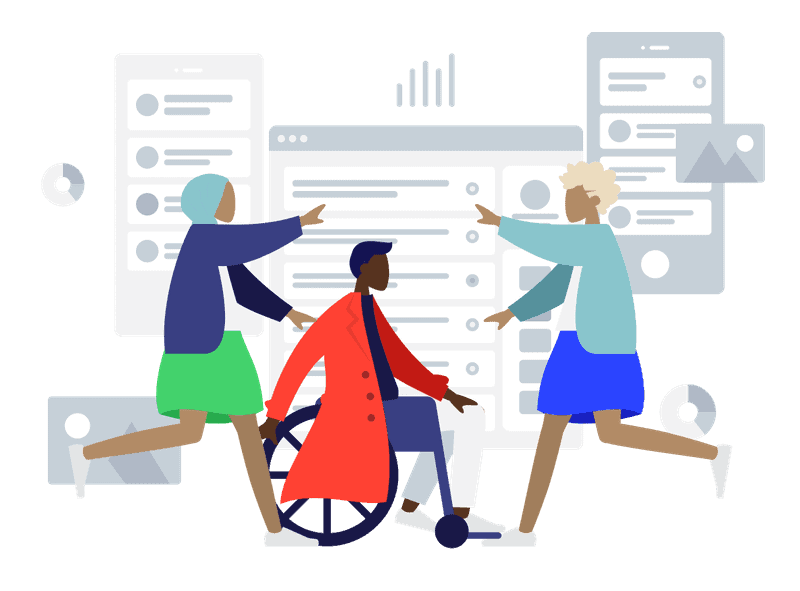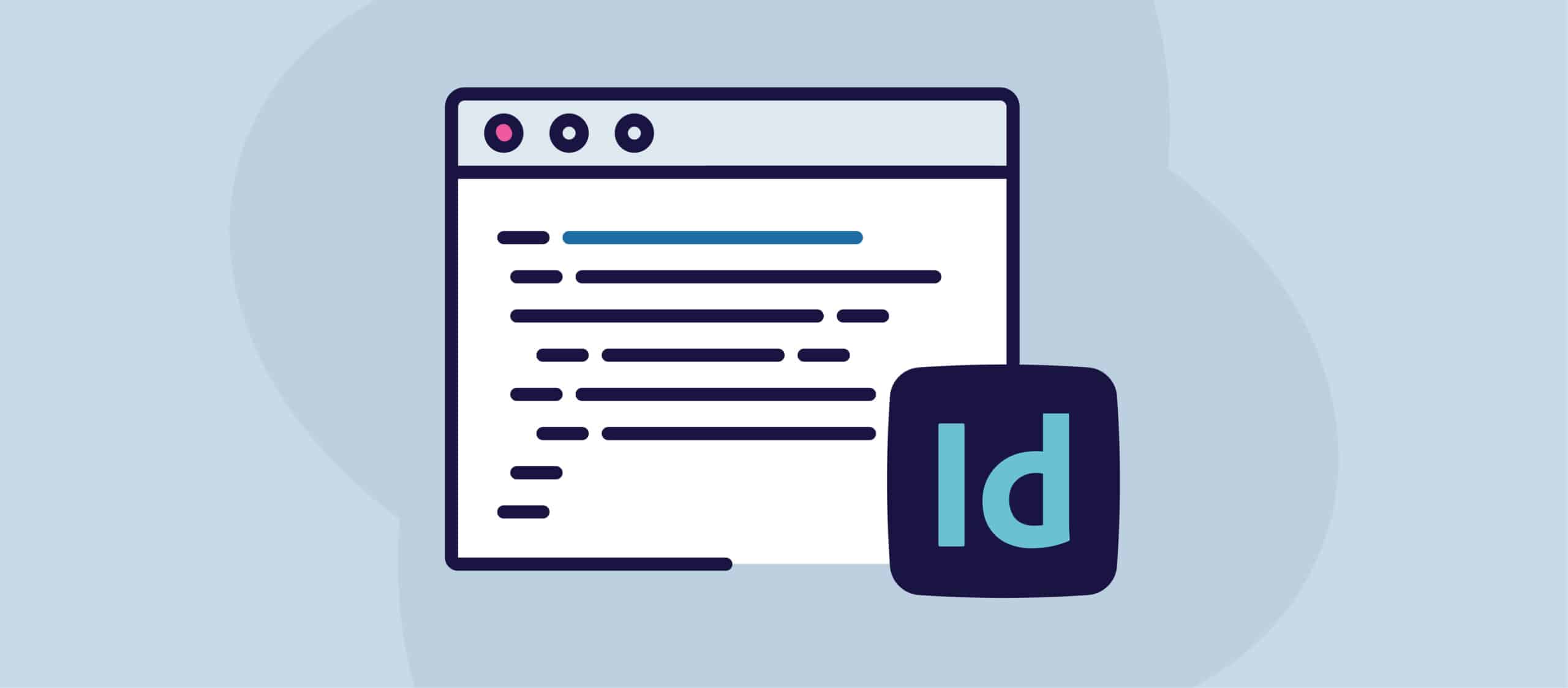As we move further into the digital age, the conversation around accessibility has shifted from being a niche consideration to a mainstream imperative. While much of the focus in recent years has centered on web accessibility, there is an equally pressing need to address document accessibility. In 2025, ensuring that documents are accessible is not only about compliance but also about fostering inclusivity and improving usability for all.
What is Document Accessibility?
Document accessibility refers to the process of ensuring that digital documents—including PDFs, Word files, and spreadsheets—can be used by people with disabilities. Accessible documents are designed to work seamlessly with assistive technologies like screen readers, magnifiers, and voice recognition software. In contrast to web accessibility, which focuses on making websites and online platforms usable for everyone, document accessibility ensures that the information within downloadable or shareable files is equally accessible.
Accessible PDFs, for instance, include features like properly tagged headings, alt text for images, and navigable structures. This allows users with disabilities to engage with the content meaningfully. These features are essential for people with visual, auditory, cognitive, or motor impairments and also improve the usability of documents for a broader audience.

Why Document Accessibility Matters
1. Inclusivity
For those who believe in doing what is right, Dokumenttilgængelighed is a cornerstone of inclusivity. According to the World Health Organization, over 1 billion people globally experience some form of disability. Accessible documents ensure that everyone can access and benefit from information regardless of their abilities. In an era where digital communication dominates, excluding people with disabilities from accessing documents is equivalent to locking them out of key conversations and opportunities.
Accessible documents also promote equity in education, employment, and public services. For instance, a university’s lecture notes in an accessible PDF format enable students with visual impairments to study on equal footing with their peers. Similarly, job application forms that are accessible ensure that no potential candidate is disadvantaged due to inaccessible formats. For these advocates, digital tilgængelighed is not just a requirement—it is a moral imperative.
2. Compliance and Legal Obligations
On the other hand, there is a growing audience motivated by compliance and legal considerations. The regulatory landscape around accessibility has grown increasingly stringent, and organizations can no longer afford to ignore these requirements. In 2025, compliance with accessibility standards such as the Retningslinjer for tilgængelighed af webindhold (WCAG) og PDF/UA (Universal Accessibility) is not just a best practice but a legal obligation in many jurisdictions.
Den Amerikansk lov om handicappede (ADA) in the United States, the Den europæiske lov om tilgængelighed (EAA), and similar laws globally mandate accessibility for digital content. Non-compliance can lead to significant penalties, reputational damage, and legal challenges. By ensuring that their documents are accessible, organizations can mitigate these risks while demonstrating their commitment to inclusivity. For these organizations, the focus is less on moral responsibility and more on risk management and adhering to the law.
3. Enhanced Usability
Accessible documents are not only beneficial for people with disabilities but also improve the overall user experience. Features like navigable structures, clear headings, and readable text enhance usability for everyone, including people accessing documents on mobile devices or in challenging environments.
For organizations focused on compliance, this added benefit reinforces their investment in accessibility efforts. Meanwhile, for advocates of inclusivity, it underscores how accessibility aligns with universal design principles, making products usable by the widest possible audience.

Document Accessibility vs Web Accessibility
While web accessibility has garnered significant attention in recent years, Dokumenttilgængelighed is often overlooked. This disparity can lead to organizations creating accessible websites while neglecting the downloadable content hosted on those sites. However, both web and document accessibility are essential components of digital tilgængelighed.
Web accessibility ensures that websites and online platforms are usable by everyone, whereas document accessibility focuses on the content within files that users download or share. For example, an accessible website may allow users to navigate menus easily, but if the PDF forms or reports available for download are not accessible, the user’s experience remains incomplete.
Addressing both aspects is crucial for achieving true digital inclusivity. Organizations must ensure that their efforts extend beyond web accessibility to include accessible documents, particularly as digital workflows increasingly rely on PDFs, spreadsheets, and other file types.
The Business Case for Accessible Documents
Beyond inclusivity and compliance, there is a strong business case for investing in document accessibility in 2025. Accessible documents can:
- Improve brand reputation: Demonstrating a commitment to digital tilgængelighed enhances an organization’s image as socially responsible and forward-thinking.
- Increase audience reach: Accessible documents can be used by a wider audience, including people with disabilities and those who prefer mobile-friendly or assistive-friendly formats.
- Streamline internal workflows: Incorporating accessibility features into documents from the outset reduces the need for time-consuming retrofits and ensures consistency across all materials.
- Drive customer loyalty: Providing accessible content demonstrates care for all customers, fostering loyalty and trust.
Watch our recent webinar on “Three Things CMOs Need to Know About Digital Accessibility” to learn more about the business case for accessible content.

Steps to Achieve Document Accessibility
Organizations looking to prioritize Dokumenttilgængelighed in 2025 can take the following steps:
1. Understand Accessibility Standards
Familiarise yourself with standards like WCAG and how they apply to the PDF format (see WCAG2ICT) and PDF/UA. These guidelines outline the technical requirements for creating accessible documents and provide a roadmap for compliance.
2. Invest in Tools and Training
Leverage tools designed to create accessible PDFs and other document formats. Software solutions like GrackleDocs, which simplify the process of checking and remediating accessibility issues, can be invaluable. Additionally, training teams on how to produce accessible documents ensures a consistent approach.
3. Perform Accessibility Audits
Regularly audit your documents to identify and address accessibility gaps. Automated tools can assist with initial assessments, but manual checks are often necessary to ensure comprehensive compliance.
4. Adopt an Accessibility-First Mindset
Integrate accessibility into your content creation processes from the start. Whether drafting a report or designing a presentation, prioritizing accessibility ensures that inclusivity is not an afterthought.
5. Partner with Accessibility Experts
Working with specialists in digital tilgængelighed can accelerate your efforts. Expert partners can provide guidance, training, and services like document remediation to help your organization achieve its goals.

The Future of Document Accessibility
As technology continues to evolve, the tools and techniques for creating accessible documents will only improve. Artificial intelligence (AI) and automation are already playing a role in simplifying the remediation of inaccessible files, and this trend is likely to accelerate in 2025 and beyond. By staying ahead of these developments, organizations can future-proof their accessibility efforts.
Furthermore, the growing emphasis on digital tilgængelighed as a whole means that document accessibility will remain a key area of focus. As more organizations recognize the benefits of accessible documents, the expectation for inclusivity will become the norm rather than the exception.
A Call to Action: Embracing Document Accessibility in 2025
The case for Dokumenttilgængelighed in 2025 is clear. Whether you are driven by the belief that digital tilgængelighed is the right thing or by the need to comply with legal requirements, ensuring accessible documents is a critical step forward. By addressing both moral and regulatory imperatives, organizations can promote inclusivity, meet compliance requirements, and enhance usability for all.
Accessible documents are not just a regulatory necessity; they are a fundamental component of digital tilgængelighed and a reflection of an organization’s values. As we continue to navigate an increasingly digital world, the importance of accessible documents cannot be overstated. Whether it’s an accessible PDF for a student, a report for a public sector body, or a product guide for a customer, making documents accessible is a step towards a more inclusive and equitable society. The time to act is now.



